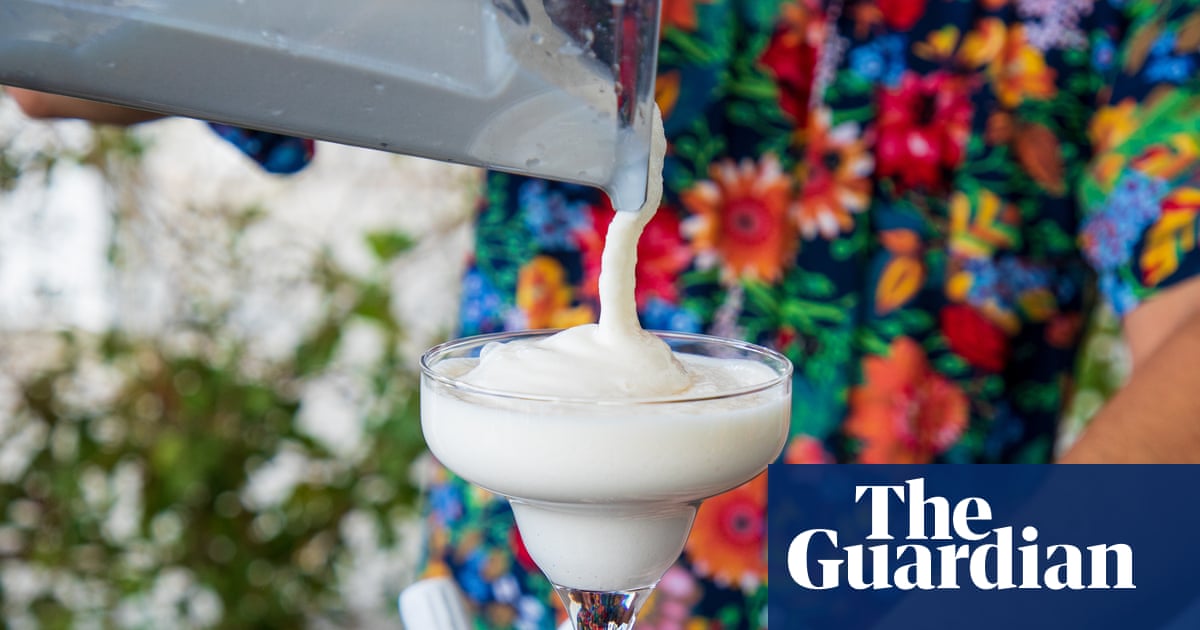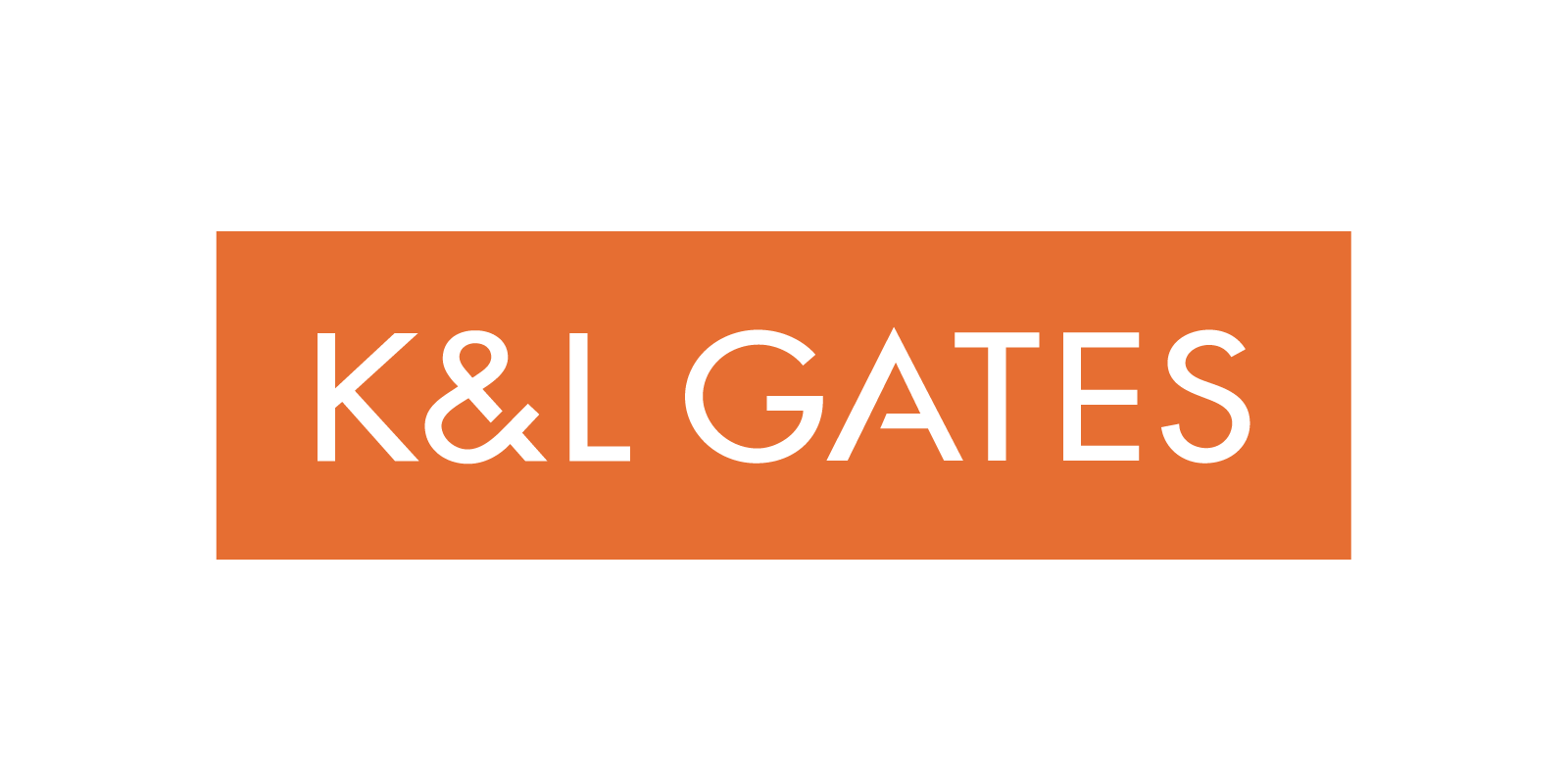Read more news stories here
Chamber Music America (CMA) has announced the acquisition of CelloBello, a nonprofit organisation designed to nurture the cello and chamber music community through free and accessible music education…

Read more news stories here
Chamber Music America (CMA) has announced the acquisition of CelloBello, a nonprofit organisation designed to nurture the cello and chamber music community through free and accessible music education…

Regulatory investigations and litigation of green claims, such as claiming that products or services are “eco”, “natural”, “recyclable”, “carbon neutral” or “environmentally friendly” are on the rise in the UK, EU and US. The impact of greenwashing is sector-agnostic, although the oil and gas, textiles, aviation, food and beverage, personal care and cosmetics industries figure highly.
There is divergence in the regulators’ approach across jurisdictions, although breaches of these anti-greenwashing rules consistently result in substantial penalties in the form of fines, sometimes based on worldwide turnover of a company, reputational damage and potentially costly product recalls.
We have observed, as is reflected in the case studies we analyse below, that the green claims under scrutiny are claims made to consumers. However, consumer-facing businesses need to look at their supply chain and ensure that they have the right processes and contracts in place to check whether their suppliers are not misleading them. Green claims actions against a company can have an impact on its reputation, on its brand value, on its reporting and ultimately on its shareholder value.
There is no question that under consumers’ and regulators’ watchful eyes, it is harder to make green consumer claims. But these claims are popular with consumers and potentially provide a great opportunity to sell products and services. We believe that these claims can be made with the right due diligence processes and legal advice in place, which will allow the verification and justification of any green claim, as well as spot any potential non-compliance before it is too late.
This request seems a bit unusual, so we need to confirm that you’re human. Please press and hold the button until it turns completely green. Thank you for your cooperation!

21/10/2025
51 views
0 likes

Microsoft is now rolling out an out-of-band fix for Windows 11 to address a major bug the company introduced with its latest monthly Windows 11 update. The original update released on October 14th accidentally broke the Windows Recovery…

When Warwick Irwin returned home after a week away, he was shocked by the ruin inside.
It was February 2022 and two days earlier his North Lismore house had flooded to the ceiling. “It was quite a mind-blowing experience when I got into the house when the water went down.”
He was eventually offered a buyback, and used the money to buy elsewhere – “well above the flood level”.
“I was going to stay on but I thought about it and … there would always be an anxiety about the next flood,” Irwin said. He was glad not to have sold at a loss, unlike others in the region.
Almost 2,000 homes in Lismore were affected by flooding in 2022, and the price gap between flood-prone and flood-free houses has since increased considerably, according to a new report by the Climate Council and property data firm PropTrack.
Floods have collectively wiped $42.2bn from the value of Australian homes, the report shows, in an analysis of more than two decades of property data.
It found that the median value of a three-bed, two-bath home in a flood-prone zone as of April 2025 was $75,000 less than a home without flood risks. For the 2m flood-prone houses across Australia, at least 70% have had their values reduced by flood risk.
Sign up: AU Breaking News email
Climate Councillor and economist Nicki Hutley, a co-author of the report, said more than half of flood-prone properties were owned or rented by low-income families. “Those are people for whom there is no choice but to take on that [flood] risk,” she said. Climate risks were “exacerbating intergenerational inequality” in Australia, Hutley added.
Kate Smolders, a Brisbane mother of two, sold her family home in Chelmer after it flooded in 2011 and 2022. “We knew we couldn’t go through it again. We lost value on our home,” she said. “Families like mine are paying the price for climate inaction – not just emotionally, but financially.”
Chelmer topped the PropTrack report as the suburb with the greatest value loss for houses, of 10.6%, with an average impact of $303,000.
“High-value suburbs that are also flood-exposed are repricing,” the report found. “Over time, this may lead to a structural divergence in housing wealth accumulation based on climate resilience.”
Of the properties at risk of flooding, 40% were in Queensland and 30% in New South Wales.
Hutley said the report highlighted the need for a robust adaptation plan with funding for both community-level infrastructure – such as dam levees and raised roads – and support for individual households.
Jason Byrne, a professor of human geography and planning at the University of Tasmania, who was not involved in the report, said the findings highlighted “the costs imposed by a changing climate and how our planning systems are struggling to cope”.
“We are seeing the beginnings of a response in some states … where more accurate flood mapping is informing planning decisions not to allow intensification of development in flood-prone areas,” Byrne said.
“The development industry is quick to decry any effort in planning to limit development in flood prone areas,” Byrne said. “We have seen some councils in South Australia effectively choosing to ignore their flood mapping because it is seen to harm prospects for future development.”
“We need politicians and decision-makers to develop the courage to stand up to powerful lobby groups and vested interests to protect vulnerable people,” he said, citing unaffordable insurance premiums.
“Stupid” planning decisions were “putting people in harm’s way”, Hutley agreed. “We have information about what climate risk looks like, whether it’s coastal inundation or riverine flooding or bushfire risk.”
“If you’re making homes more vulnerable, it’s going to cost us all a lot more in the long run.”

It promises icy, refreshing drinks, and for a cool $179, this slushie maker is yours – if you can find one.
Australian TikTok users have become fixated on a Kmart slushie machine, apparently a budget version of the equally viral Ninja slushie machine (RRP A$499), with users posting videos and reviews of their frosty, fruity extrusions. One Australian video has racked up 2.7m views, and the appliance has sold out online. But with Kmart supply chains under scrutiny and the knowledge that culinary trends and the very specific appliances needed to make them are passing fads, not everyone wants to – or has to – buy a machine to make slushies this summer.
Here are some tips for how you can create the icy treats at home with appliances you likely already have.
Pick your flavours. (Almost) anything can be a slushie
If it can be juiced or blended, it can be a slushie. Berries? Slushie. Watermelon? Slushie. Cucumber? Slushie. In fact, if it exists in liquid form, it can be slushied: coffee, cola, matcha, gazpacho. One Singapore restaurant chain serves celery slushies, while Quebec convenience store Couche-Tard has a long history of slushie marketing ploys, releasing “wonton” and “pizza” flavours that were actually just iced-tea and strawberry flavoured.
Cara Devine, the Melbourne-based bartender and author, says stone fruit and herbs such as sage or basil are “really good friends”, while Sydney bartender Michael Chiem says a piña colada, with its pineapple and coconut elements, is “the ultimate classic slushie … Nothing like a piña colada transports you to a holiday.” He uses cold-pressed pineapple juice to retain the fruit’s freshness and flavour.
A good slushie needs a sour element too. Lime juice is a common acidic ingredient, though lemon, orange, grapefruit and green apple also work well.
And then there’s sloshed slushies. In 1971 a Dallas restaurateur modified a soft-serve machine to produce frozen margaritas at scale, and since then many alcoholic beverages have had their turn as the slushie du jour: Frose, Friesling, Pinot Freezio. At his bars PS40 and Silver’s Motel, Chiem serves salted piña colada and Midori Splice slushies; one time, Devine mixed a whisky and cola version.
But a note on spiked slushies. “Alcohol can be a friend and an enemy,” says Chiem. Add too much alcohol and the mixture won’t freeze, leaving you sipping slurry rather than slushie.
You need a lot of sugar: be brave
“Cold numbs your flavour receptors, so you tend to lean a bit sweeter in your [slushie] recipe,” says Devine.
Generally, cocktails tend to be made on the sour side, says Chiem. Margarita and daiquiris, for example, tend to have more lime juice than sugar syrup, but for slushies: “You’ve got to be brave enough to go the opposite way. You need to add more sugar than you think you need, otherwise it won’t carry the flavour.”
Rather than free-pouring CSR’s finest, it’s best to make a simple sugar syrup first, so it integrates properly into the drink. In a saucepan, simmer equal parts caster sugar and water and stir until the crystals dissolve, then cool. Many recipes use a 1:1 ratio of sugar and water, but Australian Bartender says a 2:1 sugar to water ratio will dilute your drink less.
You (might) need ice
If you want a slushie tomorrow, freeze your ice cubes today. The fastest way to make a slushie is essentially to make an iced smoothie – pop all your liquid ingredients (juices, syrup and alcohol, if using) plus ice in a blender, then whiz. While ice is important for a smooth, homogenous texture and frosty temperature, it can also dilute the drink. Both Devine and Chiem suggest instead using frozen cubes of juice to amplify the flavour; Nagi Maehashi AKA RecipeTin Eats uses frozen strawberries (readily available in supermarkets) in addition to fresh berries in her frozen strawberry daiquiri.
after newsletter promotion
You need a blender
Slushie machines cool and churn the slush mixture, but a powerful domestic blender can do a decent job. “Not a stick blender, but a NutriBullet or any blender that is OK to blend ice,” says Chiem.
And it sounds obvious when it comes to making a slushie, but “temperature is key”, says Devine. Make sure your ingredients are as cold as possible, don’t keep the blender running too long or the machine will warm the ingredients, and prechill your glasses.
No ice? No blender? There’s a way
Some recipes instruct cooks to partially freeze the combined liquid in a shallow tray or bowl, then use a fork to scrape the mixture into ice crystals – similar to some techniques for making granita.
Because alcohol doesn’t freeze, it can also be used to bring a slushie texture to frozen fruits. Crushed frozen watermelon cubes quickly take on slushie consistency when shaken with a squeeze of lime juice, a shot of syrup and a shot of vodka.
A note: these methods are slower, more physically demanding, and let’s be honest, less impressive than the whiz and wizardry of a blender, but show a slushie machine needn’t be bought off the shelf. The ultimate slushie machine is you.
The frozen strawberry daiquiri has a rather venerable history as far as modern frozen cocktails go. Crushed ice was being added to daiquiris at El Floridita in Cuba as far back as the 1930s, and when the blender was popularised by Fred Waring in 1938, he took it to famed home economist Mabel Stegner, who included a strawberry daiquiri in her 1952 book Electric Blender Recipes.
Ingredients
60ml light rum, chilled
30ml sugar syrup, chilled
30ml fresh lime juice, chilled
4-5 frozen strawberries
1 cup ice
To garnish: strawberry fan (using a sharp knife, make slits in a strawberry from just below the stem to the other side, so the strawberry is held together at the stem end, then fan out the slices.)
Working as quickly as possible, add all the liquor ingredients to the blender. Add ice and blend, starting slowly then going to full speed. Don’t whiz for too long as you don’t want the drink starting to heat up from the friction. Pour into a glass and garnish with a strawberry fan.

Chancellor Rachel Reeves has said she plans to scrap “needless form filling” in a bid to boost business growth.
Speaking at a regional investment summit in Birmingham, the chancellor said the reforms would boost growth and “make the UK a top destination for global capital”.
Ahead of the Budget next month, Reeves acknowledged that “for too many people” the economy was “not working as it should”.
The government has been criticised by firms who say increased employers’ National Insurance contributions and the Employment Rights Bill add to the burdens facing businesses.
The chancellor said the changes will save firms almost £6bn a year by the end of the parliamentary term.
The measures include plans to reform the company merger process. New “simpler corporate rules” will remove requirements for small businesses to submit lengthy reports to Companies House, the Treasury said.
The changes will apply to over 100,000 firms such as family-run cafes.
Earlier on Tuesday, Business Secretary Peter Kyle defended Labour’s approach to business, telling the BBC the government would implement changes in a way that is “pro-worker and pro-business”.
The measures could include temporary exemptions for new AI software from regulation, Kyle told the Today programme.
“In certain circumstances when new AI technology is being developed, we can remove it from all regulation for a period of time to give it the space to really grow, to develop, to be commercialised really rapidly,” he said.
This, he said, would enable the tech to be used “to benefit the health, the wealth, the education of our nations”.
“We’ll use that in a very targeted, a very safe way.”
The government has pledged to reduce the administrative cost of regulation by a quarter by the end of this Parliament.
Kyle said the previous government “did not do enough on deregulation” despite pledging to do so, particularly after Brexit.
“If you look at some of the reporting that needs to be done by directors, for example, directors’ reports to Companies House, I’m eliminating a great deal of that today because some of it is just so unnecessary,” he said.
But pushed on whether the government’s changes to employment rights would add costs to businesses, Kyle insisted that the changes would be fair for both employers and employees.
“We are making sure that the rights and responsibilities that people have in the workplace as employers and as employees [are] right for the age we’re living in.”
Jane Gratton, the deputy director of public policy at the British Chambers of Commerce, said the plans would be welcomed by businesses.
“The burden of unnecessary red tape and bureaucracy ramps up their costs and damages competitiveness,” she said.
But Tina McKenzie, policy chair at the Federation of Small Businesses, said Tuesday’s announcement would “ring hollow” if the chancellor raised taxes for employers in next month’s budget.
“The true test of whether Rachel Reeves will deliver for business will be at the Budget – small firms and entrepreneurs have heard these warm words on regulation before.
“The burden of compliance – in terms of money, time, and stress – weighs heavily on small firms, and cutting it needs to be a project undertaken by every part of the government.”
Tom Ironside from the British Retail Consortium said that while retailers supported efforts to cut red tape, “there are several policies coming down the track that will add to, rather than cut back, business bureaucracy”.
Liberal Democrats’ Treasury spokeswoman Daisy Cooper said: “If the chancellor was serious about cutting red tape she would tackle the mind-blowing two billion extra pieces of business paperwork created by Brexit by pursuing an ambitious tailor-made UK-EU customs union.”

Engineers at the University of California San Diego have created a new method to make large language models (LLMs) — such as the ones that power chatbots and protein sequencing tools — learn…

Global law firm K&L Gates LLP has been named a Litigation Leader for class actions, commercial litigation, complex commercial litigation, complex employment, intellectual property, and product liability in BTI Consulting Group’s Litigation Outlook 2026 report. These recognitions reflect the firm’s unwavering commitment to legal excellence and its ongoing leadership in the rapidly changing legal landscape due to technological advancements such as artificial intelligence.
The BTI Litigation Outlook 2026 report is an independent and unbiased analysis based exclusively on surveys with over 350 leading legal decision makers at large organizations, each with USD$1 billion or more in revenue. BTI designs its annual outreach to target top legal decision makers in high-spending industries, as well as thought leaders and innovative corporate counsel, ensuring a comprehensive and relevant perspective on litigation trends.
This recognition follows a series of honors from BTI Consulting Group in 2025, including recognizing K&L Gates to its Client Service A-Team for delivering exceptional client service, naming the firm an “Innovation Icon” for its forward-thinking client solutions, and listing the firm among the most recommended law firms in the BTI Most Recommended Law Firms 2025 report.
K&L Gates is recognized consistently for providing clients with the most sophisticated solutions to legal challenges around the world. For more information on the firm’s awards and recognitions, please visit: klgates.com/accolades.
K&L Gates is a fully integrated global law firm with lawyers located across five continents. The firm represents leading multinational corporations, growth and middle-market companies, capital markets participants and entrepreneurs in every major industry group as well as public sector entities, educational institutions, philanthropic organizations and individuals.